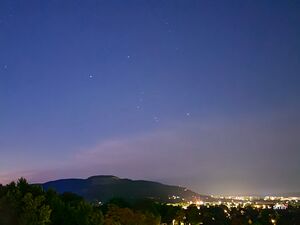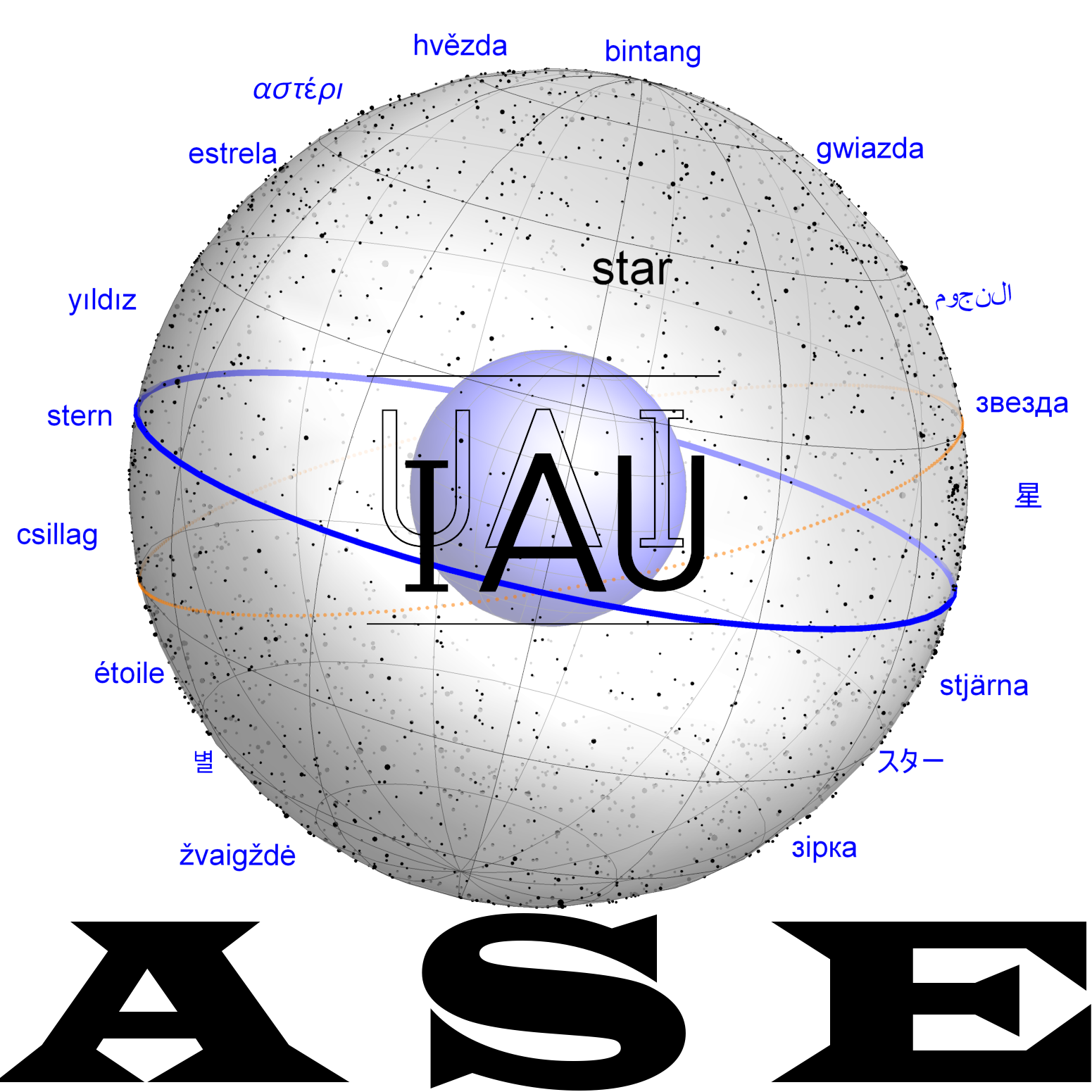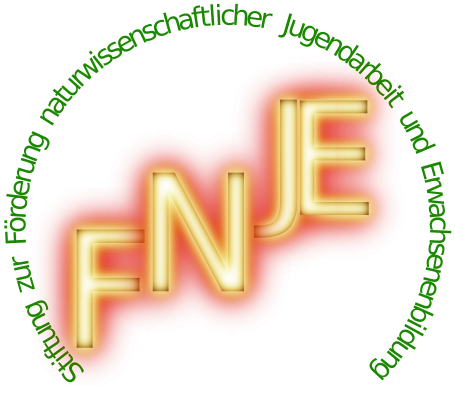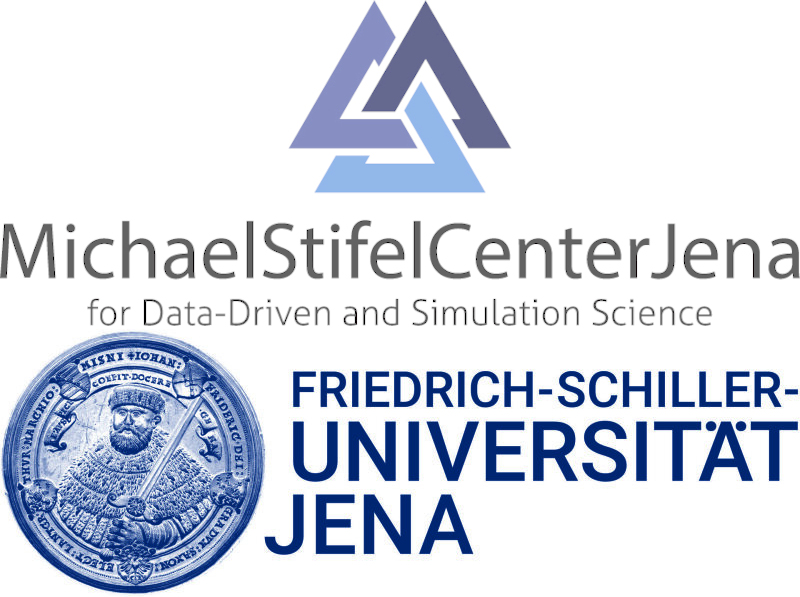LU2.LAL3: Difference between revisions
DavidHilder (talk | contribs) No edit summary |
No edit summary |
||
| (15 intermediate revisions by 3 users not shown) | |||
| Line 1: | Line 1: | ||
{{DISPLAYTITLE:LU<sub>2</sub>.LAL<sub>3</sub>}} |
|||
<sup>mul</sup>GI.GI is an ancient Mesopotamian asterism. |
|||
==Dictionary== |
|||
=== Kurtik with Hilder, Hoffmann, Horowitz, Kim === |
|||
[G. 88, 230], the name of Saturn and Libra. |
|||
| ⚫ | |||
| ⚫ | |||
!Sources |
|||
!Identifications |
|||
| ⚫ | |||
|'''Lexic. texts.''' |
|||
(1) Series Ḫg. B VI: <sup>mul</sup>gi.gi = mul kit-tu<sub>2</sub> u me-šar = <sup>d</sup>sag.uš <sup>d</sup>utu "Star gi.gi = Star of truth and justice = Saturn, Shamash" [MSL XI, 40:39], later parallel: <sup>mul</sup>gi.gi = mul kit-[tu<sub>2</sub> ...] [SpTU III, 116: Rs. iii 8]. (2) mulgi.[gi...] [CT 26, 50, K.12619 ii 4]; according to Koch's interpretation, text K.12619 ii 4-6: <sup>mul</sup>GI-[GI...] / kakkab kit-ti [u mi-ša-ri] / MUL MI <sup>mu</sup>[<sup>l</sup>zi-ba-an-na] "Star GI.GI = Star of truth and justice = Dark star = Star of Libra" [Koch 1989, 60-61]. Planisphere K. 8538. In sector 6 the inscription: ˹<sup>mul</sup>GI-GI˺ and the figure of Libra(?) [Koch 1989, 59; Kurtik 2007, fig. 9]. |
|||
| ⚫ | |||
| ⚫ | |||
[[File:OrionDawn 20250821 045442 300dpi.jpg|thumb|Orion at dawn, above clouds. In the upper middle of the image, west of Orion (in front of him), we see a "pair" (twins) of stars. (CC BY SMH 2025)]] |
|||
| ⚫ | |||
<sup>d</sup>LU<sub>2</sub>.LAL<sub>3</sub> (𒀭𒇽𒋭) is often paired with <sup>d</sup>Latarak as one of seven Mesopotamian astral twins (another one is [[Gemini]]). For references see (Kurtik L05) [[Lātarāk|<sup>d</sup>''Lātarāk'']]. |
|||
'''II. Identification.''' |
|||
==Concordance, Etymology, History<ref>[[Mesopotamian (All Terms)|Planetarium Babylonicum 2.0]], All Skies Encyclopaedia.</ref>== |
|||
Twin deity paired with Latarak, forming the constellation [[MAŠ.TAB.BA ša2 IGI-it SIPA.ZI.AN.NA|<sup>mul</sup>MAŠ.TAB.BA ''ša<sub>2</sub>'' ''ina'' IGI''-it'' <sup>mul</sup>SIPA.ZI.AN.NA]] (Kurtik m19) [G. 246; Lambert 1988]. |
|||
'''Lulal & Latarak.''' A pair of gods, often identified with each other; originally related to Inanna (as her sons), in 1st mill. texts mainly attested as demons whose figurines were buried at doorways for protective purposes. <sup>d</sup>''La-ta-ra-ak'' (EN 10r). <sup>d</sup>''Lú-làl'' ''u'' <sup>d</sup>''La-ta-ra-ak'' (AN 8–9r).<ref>Hoffmann, S. M. and Krebernik, M. (2023). What do deities tell us about the celestial positioning system, in: R. Rollinger, I. Madreiter, M. Lang, C. Pappi (eds.). The Intellectual Heritage of the Ancient Near East, Papers held at the 64th Rencontre Assyriologique International and 12th Melammu Symposium July 16-20 2018, Innsbruck. Austrian Academy of Sciences Press, 539-579</ref> |
|||
(1) = Saturn; |
|||
====Sources and Identification(s) ==== |
|||
(2) = constellation Librae = β(γ)λα2ισ Librae + 381G. Centauri, according to [Koch 1989, 79]. |
|||
See (Kurtik L05) [[Lātarāk|<sup>d</sup>''Lātarāk'']]. |
|||
====Stars within the Constellation Area==== |
|||
| ⚫ | |||
| ⚫ | |||
| ⚫ | |||
!id |
|||
!Label |
|||
!IAU design. |
|||
!description |
|||
! Vmag |
|||
| ⚫ | |||
|1 |
|||
|[[Tabit]] |
|||
|HIP 22449 |
|||
|within constellation lines |
|||
|3.19 |
|||
|- |
|||
|2 |
|||
|π 4 Orionis |
|||
|HIP 22549 |
|||
|within constellation lines |
|||
|3.68 |
|||
| ⚫ | |||
| ⚫ | |||
====Deity.==== |
|||
'''III. Astrology.''' |
|||
The name of this deity has been known since the third dynasty of Ur. Among his epithets are "eminent," "first"; he is characterized as a warrior and as the one who takes care of livestock. In the Neo-Assyrian period, clay figurines of Lulal were buried for protective purposes in gate openings. Sometimes identified with Latarak, but in an astronomical context they are always two separate deities each being a single-star in a larger asterism. [Black-Green 1992, 116; Lambert 1988; Tallqvist 1938, 349; Wiggermann 1992, 63-64]. |
|||
====Symbol. ==== |
|||
(1) The Star of Truth has weakened; DIŠ MUL ki-tu<sub>4</sub> ŠER<sub>2</sub>.ŠER<sub>2</sub> KUR ARḪUŠ u SILIM-mu [...] "If the Star of Truth weakens: the country, of mercy and peace [...]" [ACh Ištar, 25:26]. |
|||
An anthropomorphic, clothed, and bearded figure with his right hand raised, which apparently held a weapon(?). For damaged clay images from the Neo-Assyrian period see. [Green 1983, 92, Plate XIc; Wiggermann 1992, 63-64]. For a description of "the twins who (stands) opposite to the True Shepherd" one of whom is Lulal, in MLC 1866, see (Kurtik m19) [[MAŠ.TAB.BA]], III. |
|||
====Identification.==== |
|||
(2) The Star of Truth approaches the Crown of Anu; [DIŠ MUL ki-t]u<sub>4</sub> a-na <sup>mul</sup>AGA.AN.NA TE <sup>d</sup>SAG.UŠ ina ŠA<sub>3</sub> <sup>mul</sup>GU<sub>4</sub>.AN.NA KUR-ma "[If the Star of Truth] approaches the Crown of Anu, (this means): Saturn appears in the middle of the Celestial Bull." [ACh Ištar, 30:20]. |
|||
See (Kurtik L05) [[Lātarāk|<sup>d</sup>''Lātarāk'']], (Kurtik m19) [[MAŠ.TAB.BA ša2 IGI-it SIPA.ZI.AN.NA|MAŠ.TAB.BA ''ša''<sub>2</sub> IGI-''it'' <sup>mul</sup>SIPA.ZI.AN.NA]], IV. |
|||
== |
==Historical Dictionaries== |
||
{| class="wikitable" |
{| class="wikitable" |
||
|- |
|- |
||
! scope="col" style="width: 60%;" | |
! scope="col" style="width: 60%;" |Kurtik (2022, L12) |
||
! scope="col" style="width: 40%;" | |
! scope="col" style="width: 40%;" |Gössmann (1950) |
||
|- |
|- |
||
|божество-близнец в паре с Латараком, образующее созвездие <sup>mul</sup>MAŠ.TAB.BA ša<sub>2</sub> ina IGI-it <sup>mul</sup>SIPA.ZI.AN.NA (m19) [G. 246; Lambert 1988]. |
|||
| [G. 88, 230], название Сатурна и Весов. |
|||
I. Источники. |
I. Источники. |
||
См. L05<sup>d</sup>Lātarāk. |
|||
Лексич. тексты. (1) Серия Ḫg. B VI: <sup>mul</sup>gi.gi = mul kit-tu<sub>2</sub> u me-šar = <sup>d</sup>sag.uš <sup>d</sup>utu «Звезда gi.gi = Звезда правды и справедливости = Сатурн, Шамаш» [MSL XI, 40:39], поздняя параллель: <sup>mul</sup>gi.gi = mul kit-[tu<sub>2</sub> …] [SpTU III, 116: Rs. iii 8]. (2) <sup>mul</sup>gi.[gi…] [CT 26, 50, K.12619 ii 4]; согласно интерпретации Коха, текст K.12619 ii 4-6: <sup>mul</sup>GI-[GI…] / kakkab kit-ti [u mi-ša-ri] / MUL MI <sup>mu</sup>[<sup>l</sup>zi-ba-an-na] «Звезда GI.GI = Звезда правды и справедливости = Темная звезда = Звезда Весы» [Koch 1989, 60–61]. Планисферa K. 8538. В секторе 6 надпись: ˹<sup>mul</sup>GI-GI˺ и изображение фигуры Весов(?) [Koch 1989, 59; Куртик 2007, рис. 9]. |
|||
II. Божество. |
|||
| ⚫ | |||
Имя этого божества известно со времени III династии Ура. Среди его эпитетов: «выдающийся», «первый»; характеризуется как воин и как тот, кто заботится о домашнем скоте. В новоассирийский период глиняные фигурки Лулала закапывали в защитных целях в проемах ворот. Иногда отождествляется с Латараком, но в астрономическом контексте это всегда разные божества, образующие одно созвездие [Black–Green 1992, 116; Lambert 1988; Tallqvist 1938, 349; Wiggermann 1992, 63–64]. |
|||
(1) = Сатурн; |
|||
III. Символ. |
|||
(2) = созвездие Весы = β(γ)λα2ισ Librae + 381G. Centauri, согласно [Koch 1989, 79]. |
|||
Антропоморфная одетая бородатая фигура с поднятой правой рукой, в которой, по-видимому, находилось оружие(?). Поврежденные глиняные изображения новоассирийского времени см. [Green 1983, 92, Plate XIc; Wiggermann 1992, 63–64]. Описание “Близнецов, которые напротив Праведного Пастуха Ану (стоят)”, один из которых Лулал, в MLC 1866, см. m19, III. |
|||
III. Астрология. |
|||
| ⚫ | |||
(1) Звезда Правды ослабела; DIŠ MUL ki-tu<sub>4</sub> ŠER<sub>2</sub>.ŠER<sub>2</sub> KUR ARḪUŠ u SILIM-mu […] «Если Звезда Правды ослабела: странa милосердие и мир […]» [ACh Ištar, 25:26]. |
|||
См. L05<sup>d</sup>Lātarāk, m19MAŠ.TAB.BA ša<sub>2</sub> IGI-it <sup>mul</sup>SIPA.ZI.AN.NA, IV. |
|||
(2) Звезда Правды приближается к Короне Ану; [DIŠ MUL ki-t]u<sub>4</sub> a-na <sup>mul</sup>AGA.AN.NA TE <sup>d</sup>SAG.UŠ ina ŠA<sub>3</sub> <sup>mul</sup>GU<sub>4</sub>.AN.NA KUR-ma «[Если Звезда Прав]ды к Короне Ану приближается, (это означает): Сатурн в середине Небесного Быка появляется» [ACh Ištar, 30:20]. |
|||
| |
|Example |
||
|} |
|} |
||
== |
==References== |
||
* |
*[[References (Babylonian)|Kurtik's references]] |
||
[[Category:Mesopotamian]] |
[[Category:Mesopotamian]] |
||
| Line 60: | Line 77: | ||
[[Category:Cuneiform]] |
[[Category:Cuneiform]] |
||
[[Category:Constellation]] |
[[Category:Constellation]] |
||
[[Category:Ori]] |
|||
Latest revision as of 11:30, 18 December 2025
dLU2.LAL3 (𒀭𒇽𒋭) is often paired with dLatarak as one of seven Mesopotamian astral twins (another one is Gemini). For references see (Kurtik L05) dLātarāk.
Concordance, Etymology, History[1]
Twin deity paired with Latarak, forming the constellation mulMAŠ.TAB.BA ša2 ina IGI-it mulSIPA.ZI.AN.NA (Kurtik m19) [G. 246; Lambert 1988].
Lulal & Latarak. A pair of gods, often identified with each other; originally related to Inanna (as her sons), in 1st mill. texts mainly attested as demons whose figurines were buried at doorways for protective purposes. dLa-ta-ra-ak (EN 10r). dLú-làl u dLa-ta-ra-ak (AN 8–9r).[2]
Sources and Identification(s)
See (Kurtik L05) dLātarāk.
Stars within the Constellation Area
| id | Label | IAU design. | description | Vmag |
|---|---|---|---|---|
| 1 | Tabit | HIP 22449 | within constellation lines | 3.19 |
| 2 | π 4 Orionis | HIP 22549 | within constellation lines | 3.68 |
Additional
Deity.
The name of this deity has been known since the third dynasty of Ur. Among his epithets are "eminent," "first"; he is characterized as a warrior and as the one who takes care of livestock. In the Neo-Assyrian period, clay figurines of Lulal were buried for protective purposes in gate openings. Sometimes identified with Latarak, but in an astronomical context they are always two separate deities each being a single-star in a larger asterism. [Black-Green 1992, 116; Lambert 1988; Tallqvist 1938, 349; Wiggermann 1992, 63-64].
Symbol.
An anthropomorphic, clothed, and bearded figure with his right hand raised, which apparently held a weapon(?). For damaged clay images from the Neo-Assyrian period see. [Green 1983, 92, Plate XIc; Wiggermann 1992, 63-64]. For a description of "the twins who (stands) opposite to the True Shepherd" one of whom is Lulal, in MLC 1866, see (Kurtik m19) MAŠ.TAB.BA, III.
Identification.
See (Kurtik L05) dLātarāk, (Kurtik m19) MAŠ.TAB.BA ša2 IGI-it mulSIPA.ZI.AN.NA, IV.
Historical Dictionaries
| Kurtik (2022, L12) | Gössmann (1950) |
|---|---|
| божество-близнец в паре с Латараком, образующее созвездие mulMAŠ.TAB.BA ša2 ina IGI-it mulSIPA.ZI.AN.NA (m19) [G. 246; Lambert 1988].
I. Источники. См. L05dLātarāk. II. Божество. Имя этого божества известно со времени III династии Ура. Среди его эпитетов: «выдающийся», «первый»; характеризуется как воин и как тот, кто заботится о домашнем скоте. В новоассирийский период глиняные фигурки Лулала закапывали в защитных целях в проемах ворот. Иногда отождествляется с Латараком, но в астрономическом контексте это всегда разные божества, образующие одно созвездие [Black–Green 1992, 116; Lambert 1988; Tallqvist 1938, 349; Wiggermann 1992, 63–64]. III. Символ. Антропоморфная одетая бородатая фигура с поднятой правой рукой, в которой, по-видимому, находилось оружие(?). Поврежденные глиняные изображения новоассирийского времени см. [Green 1983, 92, Plate XIc; Wiggermann 1992, 63–64]. Описание “Близнецов, которые напротив Праведного Пастуха Ану (стоят)”, один из которых Лулал, в MLC 1866, см. m19, III. IV. Отождествление. См. L05dLātarāk, m19MAŠ.TAB.BA ša2 IGI-it mulSIPA.ZI.AN.NA, IV. |
Example |
References
- ↑ Planetarium Babylonicum 2.0, All Skies Encyclopaedia.
- ↑ Hoffmann, S. M. and Krebernik, M. (2023). What do deities tell us about the celestial positioning system, in: R. Rollinger, I. Madreiter, M. Lang, C. Pappi (eds.). The Intellectual Heritage of the Ancient Near East, Papers held at the 64th Rencontre Assyriologique International and 12th Melammu Symposium July 16-20 2018, Innsbruck. Austrian Academy of Sciences Press, 539-579





